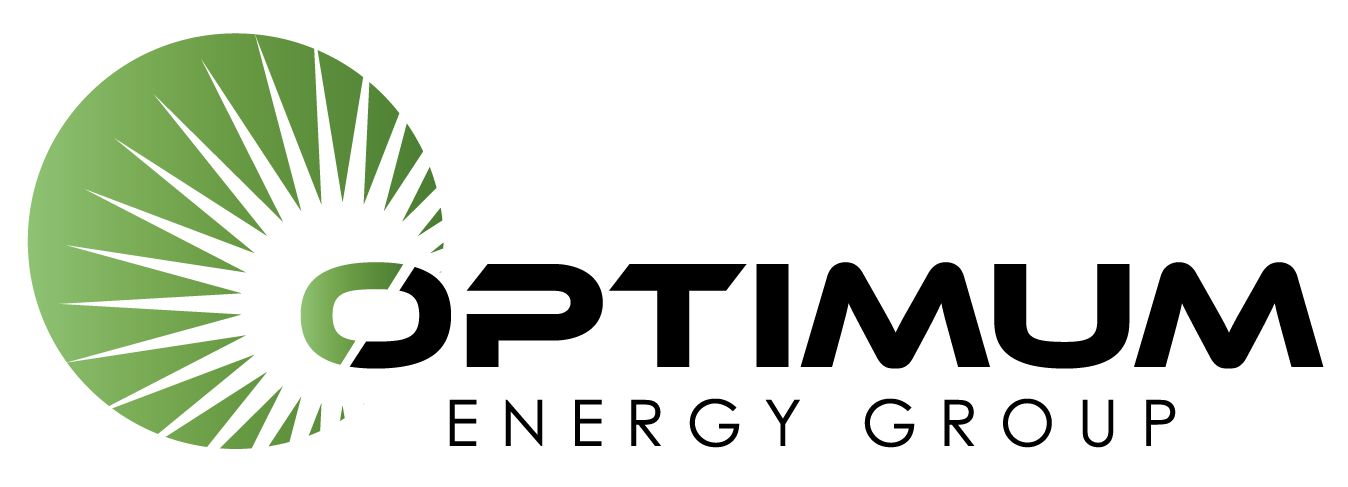WHAT 60-CELL AND 72-CELL SOLAR PANELS ARE DESIGNED FOR
Over the years the gold standard for residential solar energy systems continues to be the 60-cell solar panel, such as the Silfab SIL330BL and the Solaria Power XT 365R. These top tier solar panels have excellent 25-year warranties for both production and performance, and overall provide the greatest peace of mind for homeowners for many reasons.
Another advantage inherent to the 60-cell solar panel is flexibility for solar system design placement. With today’s modern rooflines, homeowners may employ several roof planes to offset their energy usage, and 60-cell solar panels help make this possible. The premium Solaria solar panels come with black frames, back sheet, black clamping and racking for a higher-end sleek look when desired.
 There are also physically larger solar panels on the market including the commercial 72-cell solar panel. The 72-cell solar panel is typically designed for large commercial, ground mounted and carport panel systems. With the 12 extra cells provided by the 72-cell solar panel, the electrical output of the panel is increased, but without any actual increase in efficiency. The increase in output per panel is achieved by making the panel larger to cover more surface area, but not made more efficient than a 60-cell panel.
There are also physically larger solar panels on the market including the commercial 72-cell solar panel. The 72-cell solar panel is typically designed for large commercial, ground mounted and carport panel systems. With the 12 extra cells provided by the 72-cell solar panel, the electrical output of the panel is increased, but without any actual increase in efficiency. The increase in output per panel is achieved by making the panel larger to cover more surface area, but not made more efficient than a 60-cell panel.
For example, if a 72-cell 400 watt panel were the same size as a 60-cell 365 watt solar panel, the production of the 72-cell panel would be approximately 315-320 watts. And further, as the 72-cell panel has an increased number of soldering points due to the higher number of cells, there is then an increased opportunity for potential panel failure points. Overall, 60-cell solar panels do produce the optimum amount of solar energy, efficiency and production with a solar PV system on a home that is currently available.
Additionally, the 72-cell panels are constructed with a different grade of materials based on the commercial application design, which account for a possible lower upfront cost. Also, 72-cell panels on the whole do not withstand harsher Northern climate weather and snow loads as do the top tier 60-cell residential solar panels, which are extensively stress tested and warrantied for this.
The 72-cell solar panel was designed and built for commercial applications where rooftops are generally flat, aesthetics are not important and the size and weight of safely lifting the larger panels is not an issue. For an even better perspective as to size, the larger 72-cell panels are generally 39” x 77” and weigh about 50 pounds. 60-cell panels are sized generally at 39.4” x 66.9” and 43.9” x 63.8” and weigh roughly 40 pounds. This difference is important in that 60-cell panels are far less prone to breakage during transport and installation, as well being lighter and safer for solar installers especially on steeper residential roofs.
And finally, as 72-cell solar panels are likely warrantied for large commercial, ground mounted and carport solar panel systems, if this size panel is used for other than the manufacturers directed uses, the warranty may not be in effect years down the road when needed. Top tier 60-cell residential solar panels include at least a 25-year warranty, and many have warrantied delivery and labor for installation as well, which is important when making a solar energy system investment. In the end, residential 60-cell solar panels are a safe option that will save you money in the long term, which is at the heart of what solar energy is about!
Be sure to ask your Optimum Energy Group Energy Advisor about the 25-year warranties that come with your 60-cell solar panels that ensure a wise investment with peace of mind for years to come.
1-888-782-6910 or www.OptimumSolarGroup.com
Save money, save the earth, simply smarter.
Want to get more Optimum Solar updates like this or learn about Optimum Energy Group solutions and services? Take a look at our Solar Projects , Customer Testimonials, or Giving Back Program, and then follow us on Facebook, Twitter , Instagram, Pinterest, YouTube and Linkedin.





